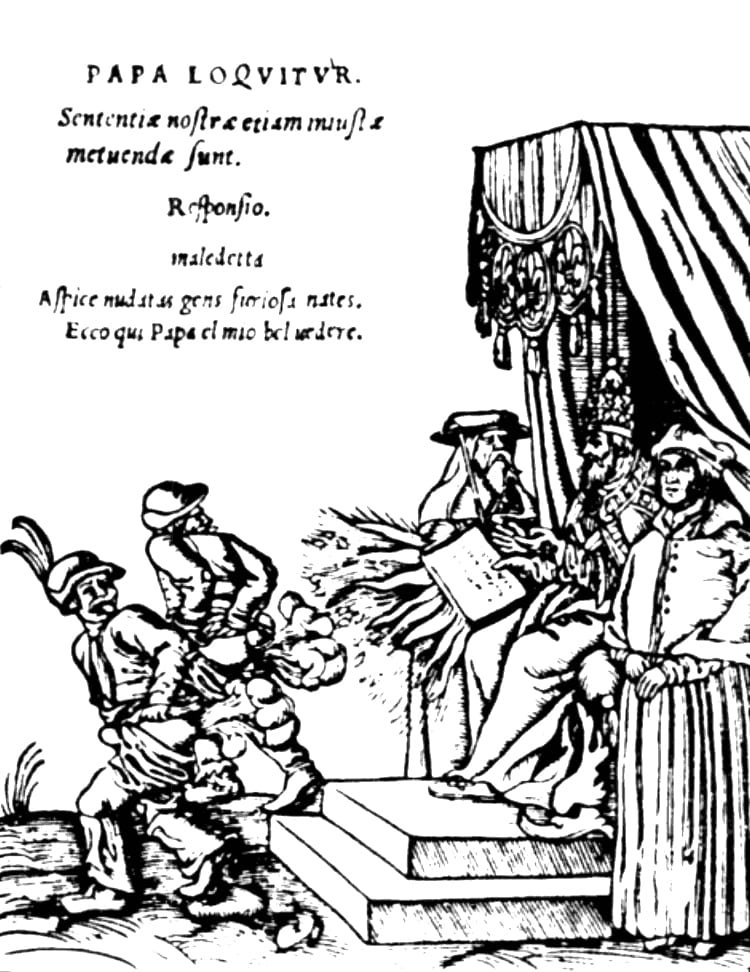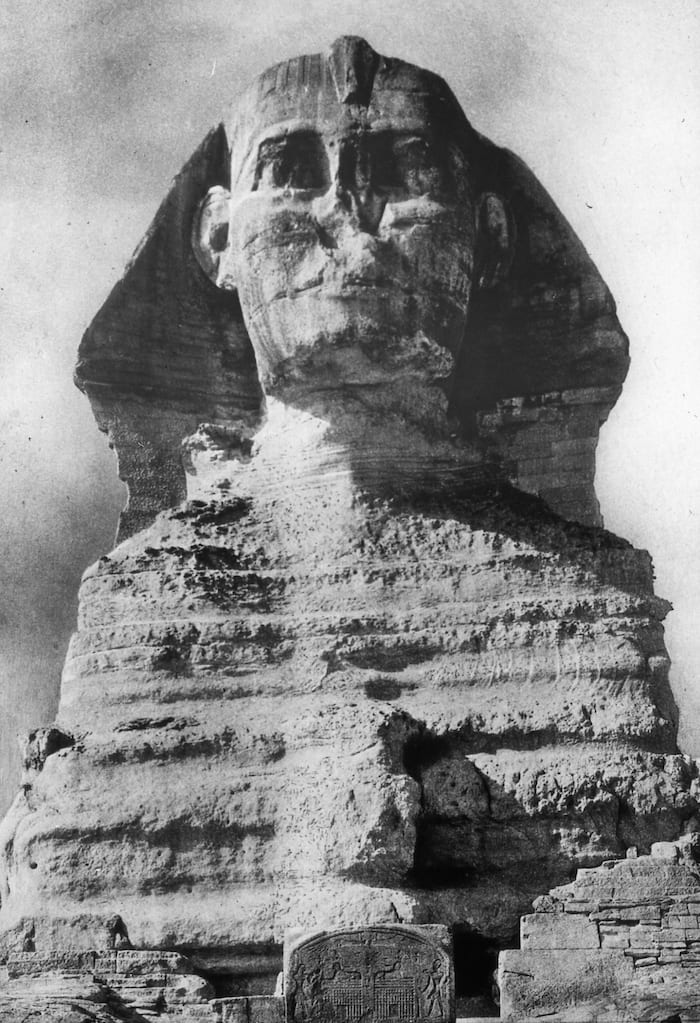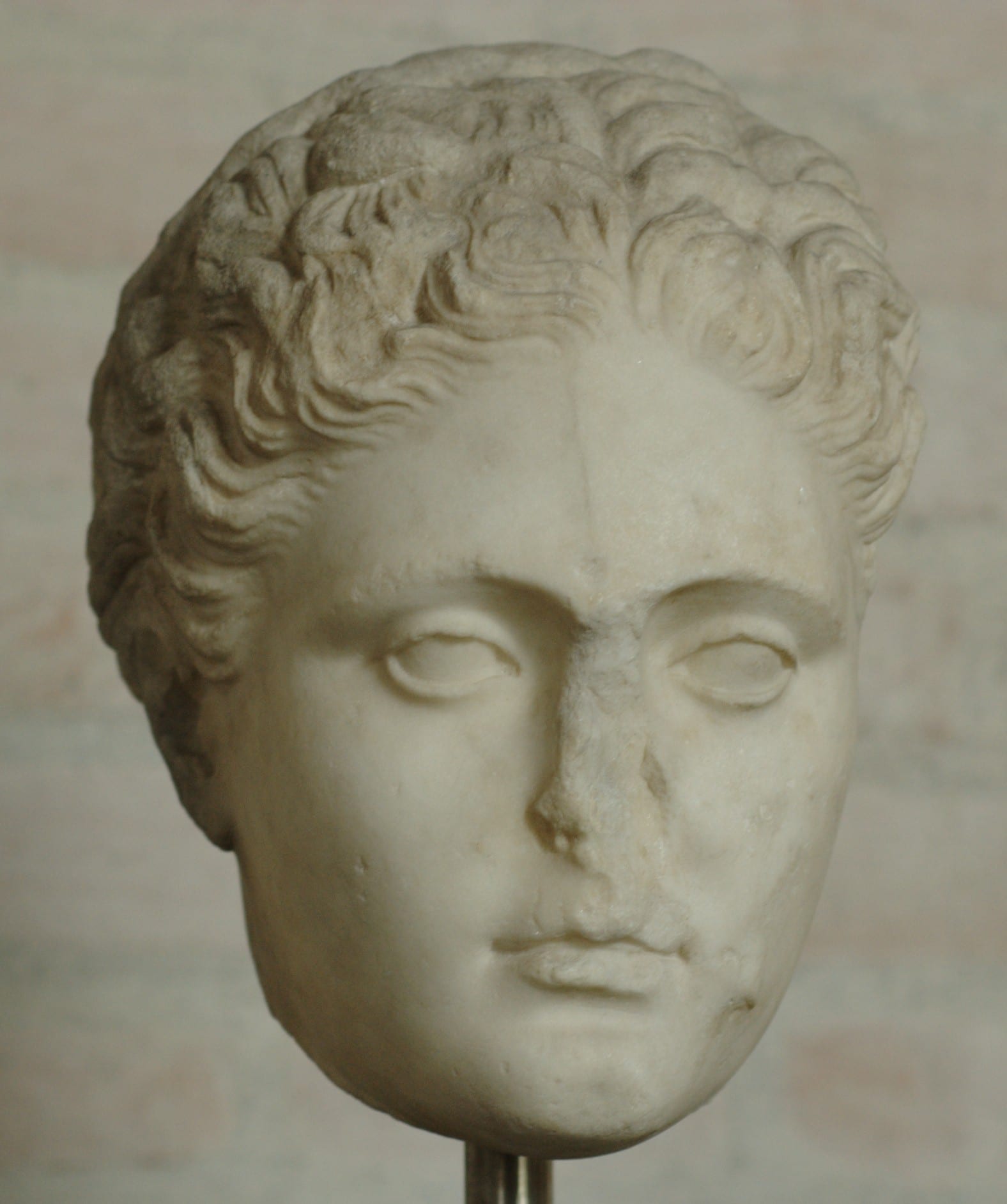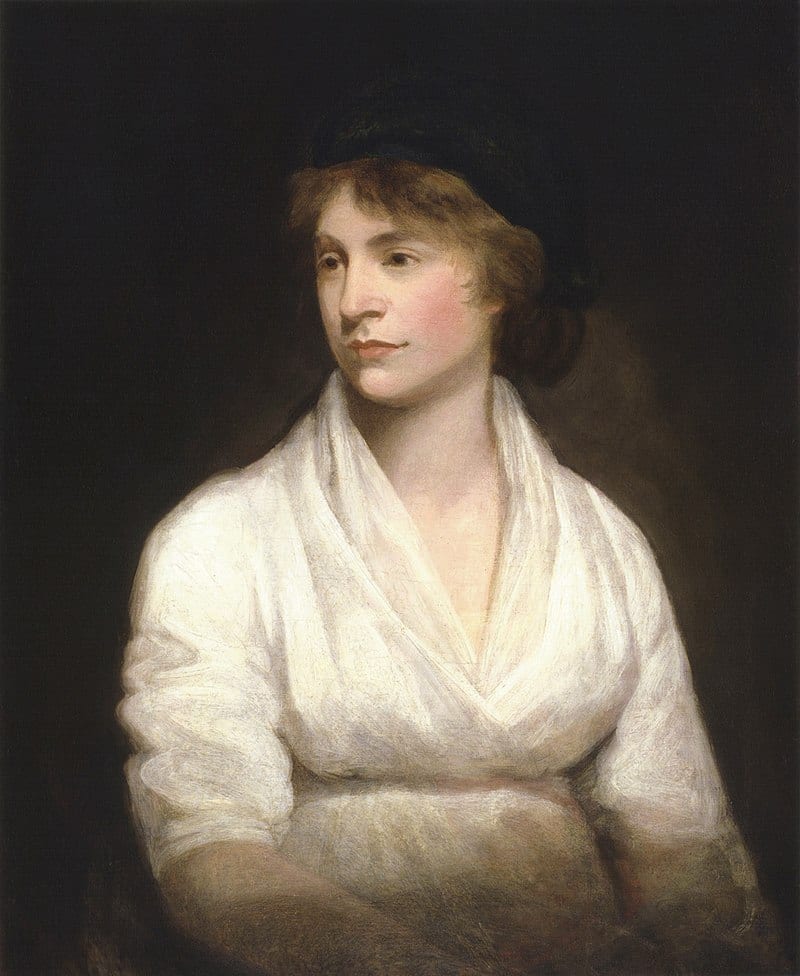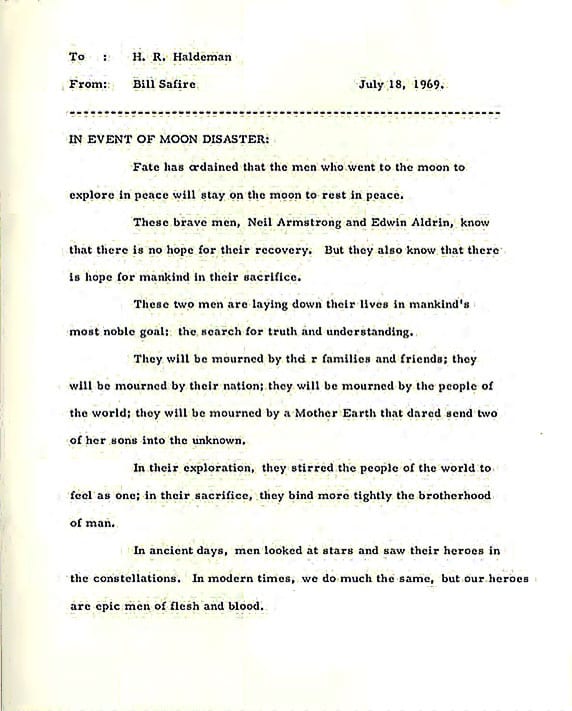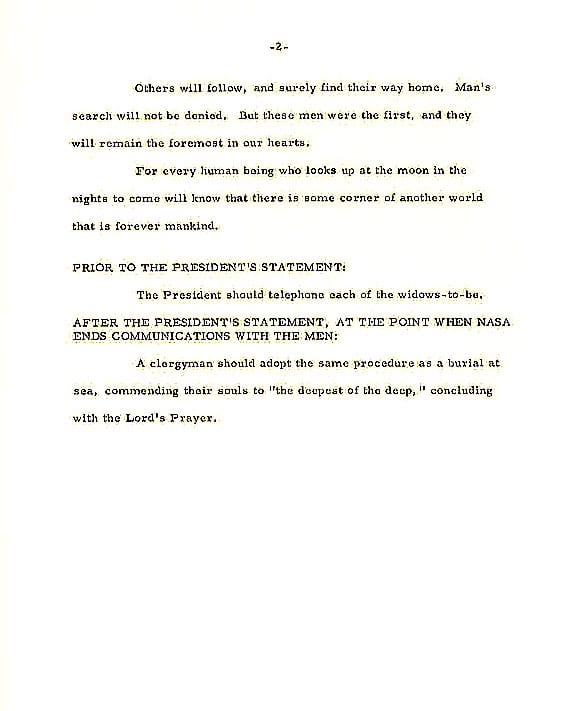Did you know that Americans throw away about $62 million each year by tossing coins in the trash, and pennies are the most frequently discarded coins of them all? A lot of people just don’t see pennies as valuable, and mostly they’re right. But some specific types of pennies are worth up to $200,000.
Coin collectors are willing to spend many thousands of dollars for coins that are precious in some way or another. For pennies, the value all depends on the coin’s quality and its rarity.
Pennies that are prized enough to fetch $200,000 are rare (obviously), but they’re out there, which means they could be in your pocket or change jar.
Rare 1943 Lincoln bronze cent This 1943 Lincoln bronze cent from the Pratt group, graded NGC MS-62 brown with a Certified Acceptance Corp. sticker, sold for $282,000 in August 2017 at Heritage’s American Numismatic Association auction in Denver. pic.twitter.com/Tm6oM4wKvT
— Legacy Coins LLC (@LegacyCoinsLLC) December 18, 2017
The 1943 bronze Lincoln cent, for example, is an extremely rare error coin that is easily worth $150,000 to $200,000 – or even more. Only a handful of these pennies have ever been found, and the most valuable one sold in 2010 for $1.7 million.
The 1969-S Double Die Obverse is among the most highly coveted modern issues and has a lot of cool stories to tell. From counterfeits and Secret Service arrests, to treasures found in bank rolls and change selling for up to $126,500 at auction #lincoln #cent pic.twitter.com/146ApDwZf6
— Rare Coin TV (@therarecoinshow) November 26, 2018
The 1969-S Doubled Die Obverse is another error coin in which the images and words were mistakenly doubled on the coin. They have sold for $35,000 to $75,000, depending on the condition.
1992 “CLOSE AM” PENNY:
In 1992, the spacing between the “A” and the “M” in “United States of America” on the reverse side of the penny was closer together than usual, hence the nickname “Close AM.” #FortWorth #TX #Coincollecting pic.twitter.com/lpffbOXnpk— Fort Worth Coin Co (@FortWorthCoinCo) October 22, 2018
The 1992 Close AM is a bit easier to find. These coins are unique because the A and M in the word “America” are touching, whereas usually there is a space between them. There were likely 250,000 pennies produced with this anomaly, and they can sell for anywhere from $2000 to over $20,000.
Other pennies that are easier to find, and therefore worth less, include the 1972 Doubled Die Obverse ($100-$500), 1995 Doubled Die Obverse (up to $45), the 1999 Wide AM (up to $500), and the 1983 Double Die Reverse (up to $200).
If you think you’ve found one of these pennies, consult a professional to evaluate it and help guide you through the selling process.
The post Rare Pennies Are Circulating out There Worth up to $200,000 appeared first on UberFacts.



